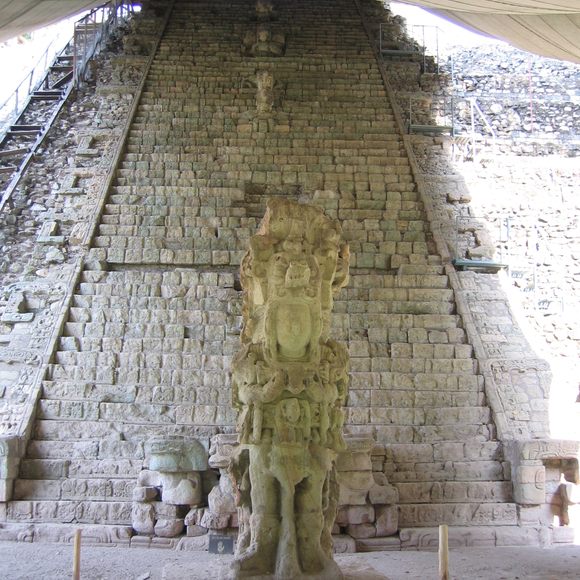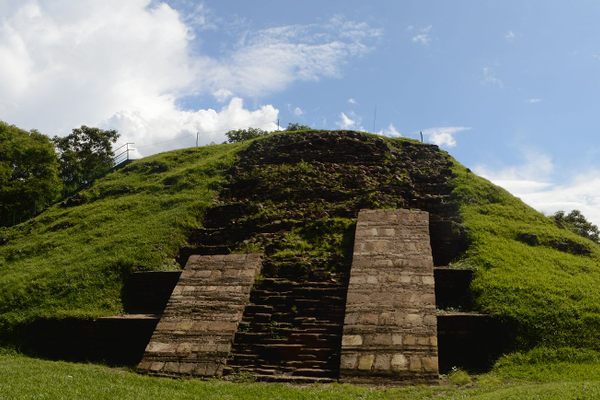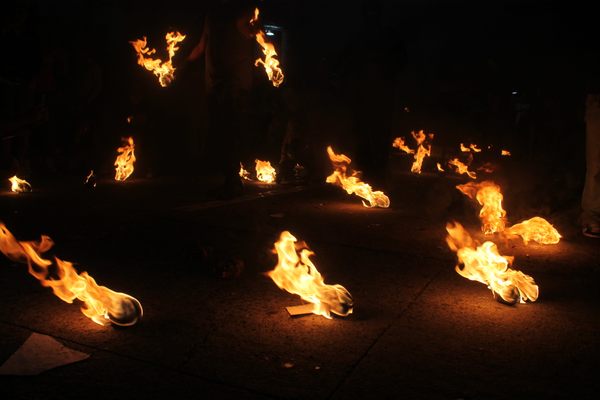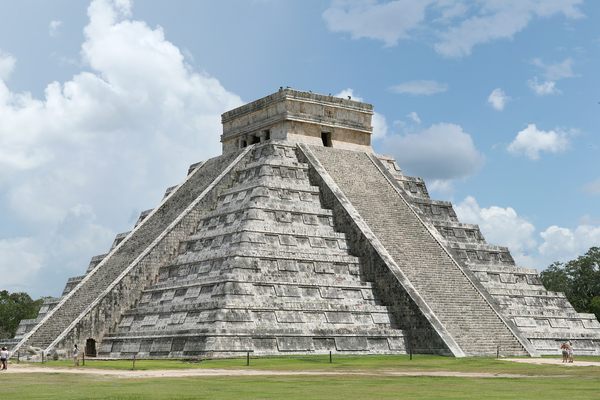Hieroglyphic Stairway of Copán
This staircase full of Mayan hieroglyphics is perhaps the largest single text in the world.
The city of Copán in what is now western Honduras served as a political, civil, and religious center of the Mayan civilization for nearly 400 years. Although the site is host to a number of marvelous ruins, the most striking of them must be the epic stairway in the temple-pyramid of Structure 26.
This construction, which forms the longest discovered Mayan text, was originally commissioned by the 14th governor of Copán, K’ak Joplaj Chan K’awiil, and eventually completed around 755 CE. At nearly 30 meters high and covered in around 2,000 glyphs, the etched pyramidal staircase is not only impressive due to its size and artistry. This collection of symbols offers a rare window into the rich history of the Copán Valley and the culture that ruled it for so many years.
Researchers, first stumped by the hieroglyphs, came to realize that the staircase is a record of the royal history of Copán, listing the names of kings, their births, their deaths, and the defining events of their rule. The happy realization that the stones were arranged chronologically was somewhat tempered by the fact that early archaeologists — not 100% clear on Mayan syntax — had liberally rearranged the stone blocks in a 1930s attempt at reconstruction. Only the bottom 15 stairs remain in their original position. However, despite the jumble, modern archaeologists have figured out that the stairs document the rule of 16 kings, beginning with Yax K’uk Moh at the bottom step and ending with the death of a ruler known as “18 Rabbit” at the top. It is also believed that there is special emphasis on the story of the 12th king, K’ak Uti Ha K’awiil, whose burial plot was discovered inside the pyramid that supports the staircase.
There is surely much left to be discovered in the ancient writings. While we wait for the next breakthrough, the stairway sits where it has been for millennia (but under a new cover for protection from the elements). It was named a World Heritage Site by UNESCO in 1980.




















Follow us on Twitter to get the latest on the world's hidden wonders.
Like us on Facebook to get the latest on the world's hidden wonders.
Follow us on Twitter Like us on Facebook